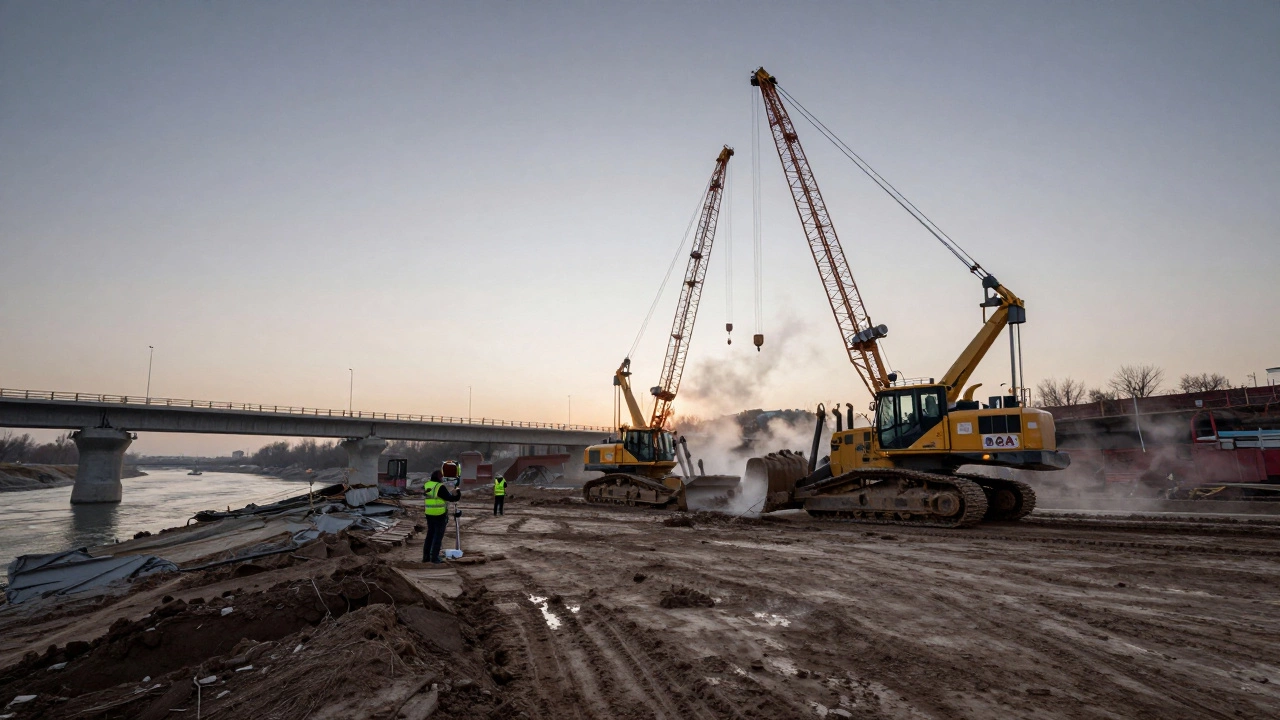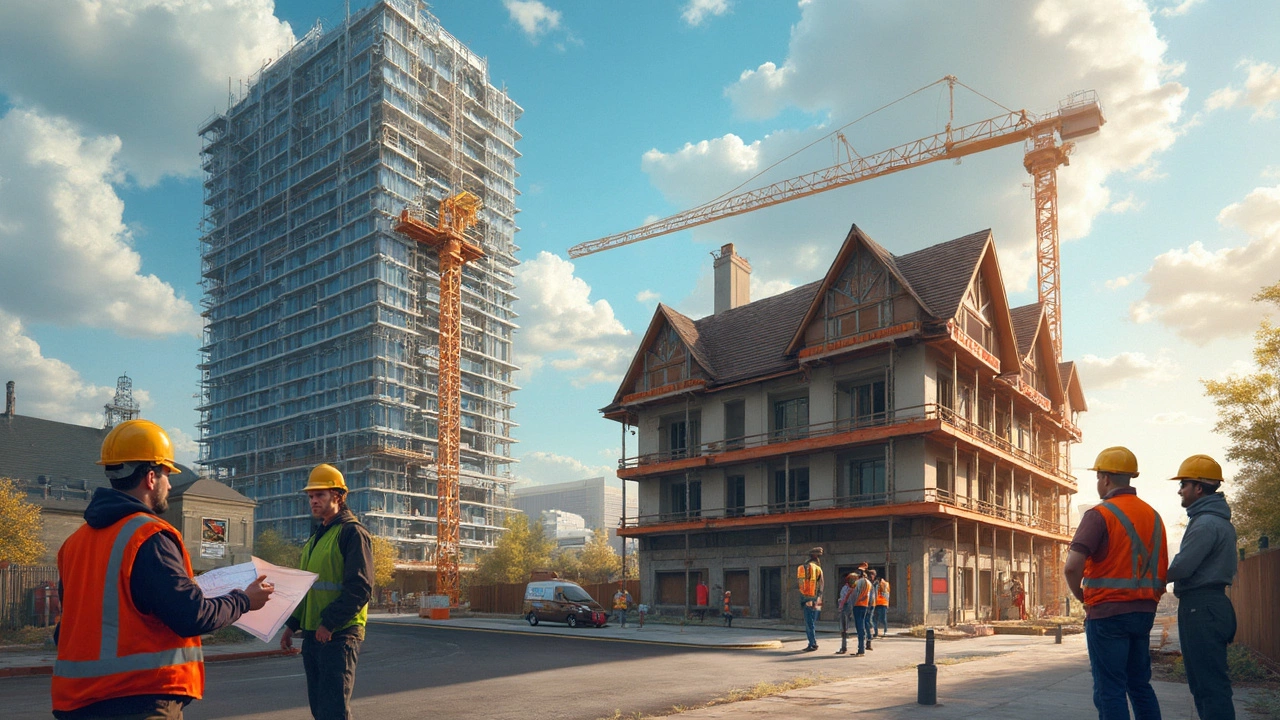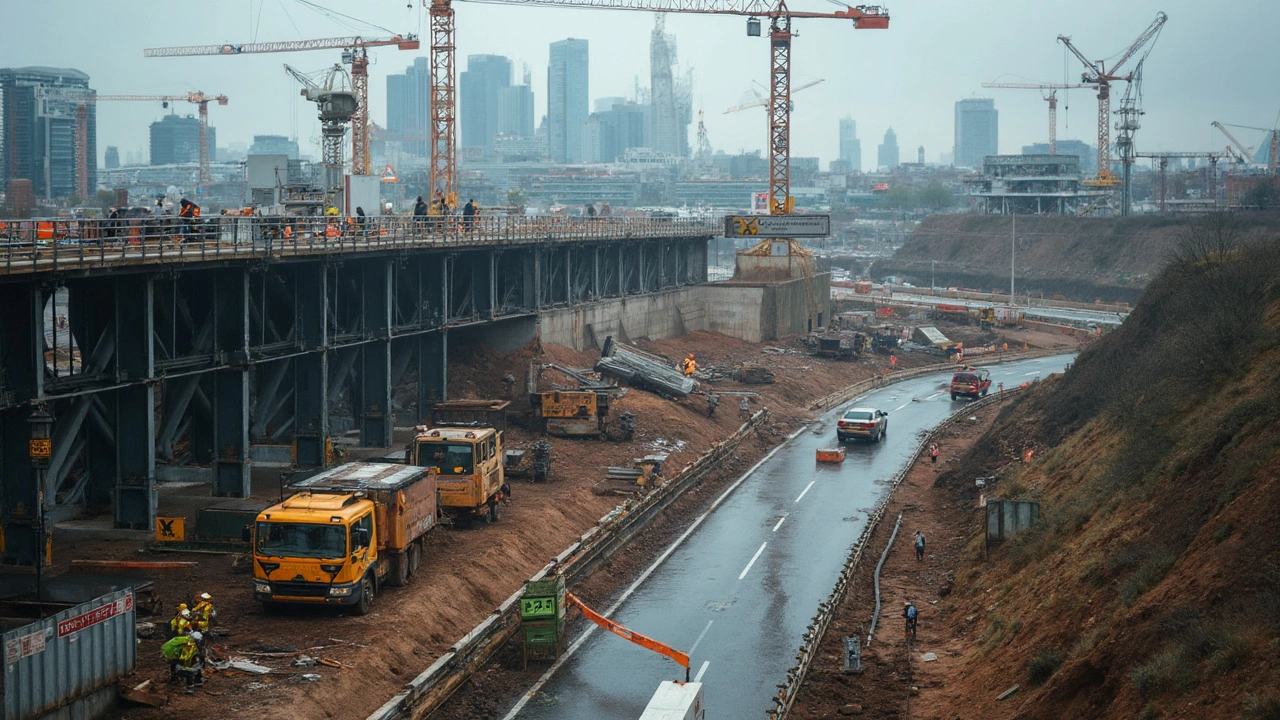Construction Types Explained: What You Need to Know
If you’re thinking about a new build or a renovation, the first question is usually "what kind of construction should I use?" The answer depends on the project size, budget, and how long you can wait for the work to finish. Below we break down the most common construction types you’ll meet in the UK, point out where they shine, and warn you about the usual pitfalls.
Traditional Build (Brick and Block)
This is the go‑to method for most homes and small commercial units. Builders lay bricks or concrete blocks, then apply a cement render or plaster finish. The biggest advantage is durability – a well‑done brick wall can last for generations. It also offers good fire resistance and solid insulation when you add cavity fill. On the flip side, it can be slower than newer methods because each layer needs time to set, and it can be heavier on the budget if you choose high‑quality bricks.
Timber Frame
Timber framing is popular for its speed and eco‑friendly appeal. The wooden skeleton is pre‑cut in a factory, shipped to site, and assembled like a giant LEGO set. You get a quicker build – often weeks instead of months – and the structure is lighter, which can lower foundation costs. However, you need proper treatment against rot and moisture, and you’ll still need external cladding (brick, render, or siding) to protect the wood from the elements.
Another option gaining traction is steel frame construction. Steel is strong, lightweight, and resists pests and rot. It’s a solid choice for multi‑storey blocks, warehouses, and modern office buildings. The main challenge is thermal bridging – heat can travel through the steel, so you’ll need extra insulation to keep energy bills down.
For projects where speed is crucial, modular construction can be a game changer. Entire rooms or sections are built off‑site, then lifted onto the foundation and linked together. You get a consistent finish, less on‑site waste, and a predictable timeline. The downside is transport size limits – you can’t make modules bigger than road‑legal loads – and you may need to design around the module dimensions.
When choosing a construction type, ask yourself three quick questions: 1) How much time can you afford? 2) What’s your budget ceiling? 3) How important is sustainability to you? The answers will point you toward the best method. Brick and block works if you value longevity and classic look. Timber or steel suits you if you need speed or want a greener build. Modular fits when you need a tight schedule and want less on‑site disruption.
Finally, don’t forget the finishing touches. No matter the structural system, the choice of external cladding, internal plaster, and floor coverings will affect the final cost and feel. Pairing the right construction type with suitable finishes ensures you get a space that looks good, performs well, and stays within budget.
Ready to pick a construction type? Talk to a qualified builder or architect, ask for past project examples, and compare quotes. The right choice can save you time, money, and headaches down the line.
What Is the Difference Between Civil and Commercial Construction?
- Gavin Whitaker
- |
- |
- 0
Civil construction builds infrastructure like roads and bridges, while commercial construction creates buildings for business use like offices and stores. Learn how their goals, regulations, timelines, and teams differ.
View moreCommercial Structure Types: What Construction Means for Your Business
- Gavin Whitaker
- |
- |
- 0
Choosing the type of construction for a commercial structure is more than just picking out materials—it's about meeting safety codes, insurance guidelines, and long-term cost concerns. This article breaks down commercial construction types, from steel to wood frames and beyond. You'll see why the materials and methods matter for everything from fire safety to how much you pay for coverage. Find out how to tell what type your building is—and what that means for your next project.
View moreHeavy Civil: What Really Counts in Commercial Construction
- Gavin Whitaker
- |
- |
- 0
Wondering what 'heavy civil' means in construction? This article breaks down exactly which projects qualify, like highways, bridges, and water treatment plants—plus why it matters for bidding, safety, and costs. Get practical tips to spot heavy civil work on job sites and learn why these projects have their own rules and challenges. Find out what sets them apart from regular commercial buildings, using plain and clear language. Anyone in the construction field or just plain curious will understand what’s really behind the term 'heavy civil.'
View more

